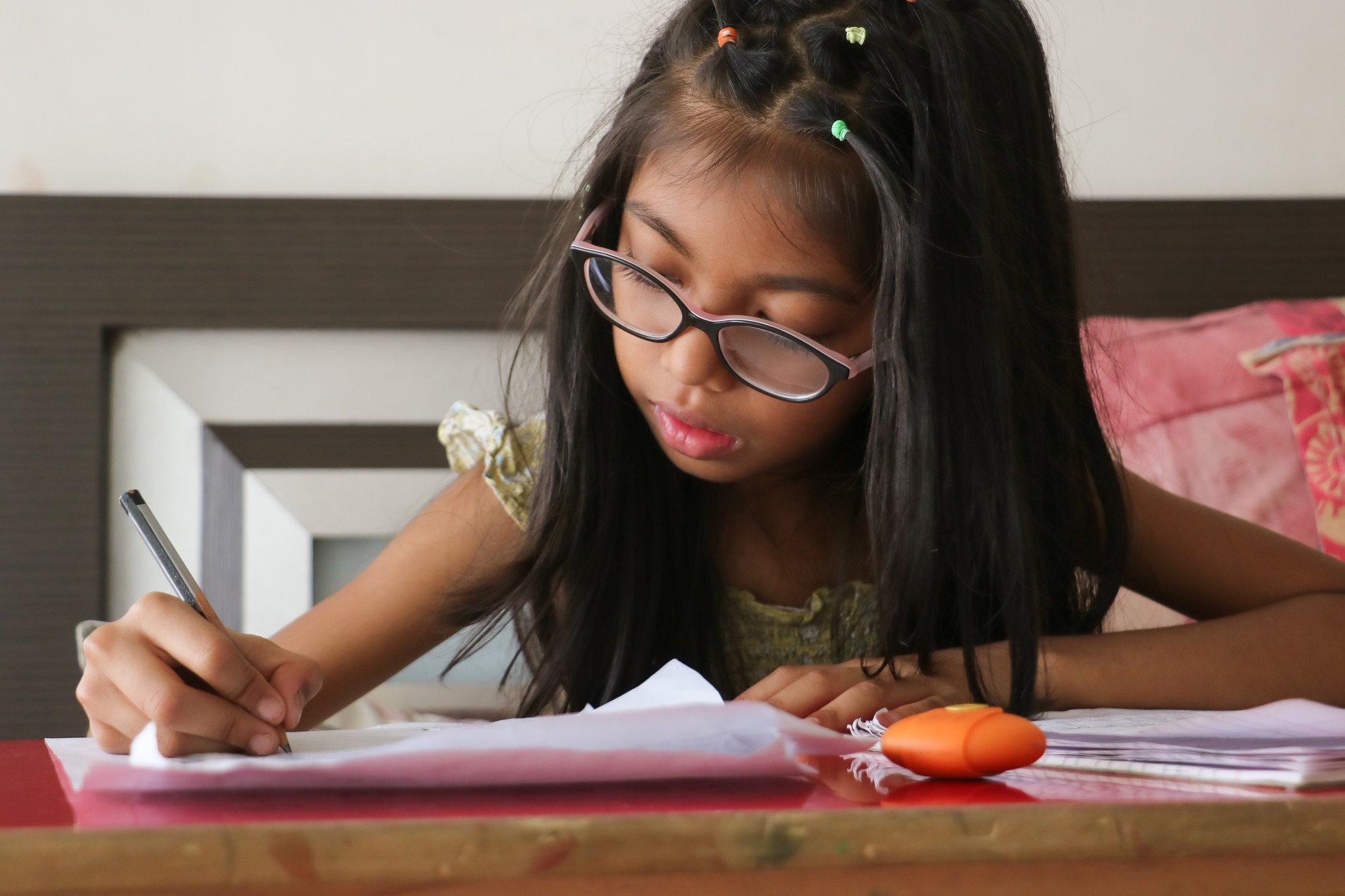Remote Learning Exacerbates Inequality. Here’s How We Must Support the Most Vulnerable Kids
written by Devorah Heitner
 My son finished elementary school at our local, Title 1 public school this spring. Distance learning under emergency conditions was a challenge. For some it was especially tough. Some kids never made it to class meetings. Other students shared one device among three or more siblings. The experience highlighted the significant challenge in making remote learning equitable in a country with deep economic stratification.
My son finished elementary school at our local, Title 1 public school this spring. Distance learning under emergency conditions was a challenge. For some it was especially tough. Some kids never made it to class meetings. Other students shared one device among three or more siblings. The experience highlighted the significant challenge in making remote learning equitable in a country with deep economic stratification.
Closing school buildings, like the pandemic itself, accelerates racial and class-based disparities in opportunity. If this school year ends up being entirely remote, parents who are essential workers will rely on extended family and older siblings to support learning from home. Many students will be on their own without an adult at home, or without an adult who is available and capable of supporting their learning throughout the day. Meanwhile, the most privileged families will switch to independent schools or hire teachers for separate learning “pods.”
The kids who need the most will get the least
The extensive outreach needed to make this school year less of a setback for the most vulnerable students is an overwhelming job. Teachers are already shouldering a huge workload, cramming in the skills and planning that they need to “go remote.”
My son’s teachers made extensive videos daily last spring. With each video, there were long documents attached, filled with numerous links. I’m sure it was laborious and exhausting for the teachers—and for us receiving them, too. What’s worse is that, for all this extra effort, the results were mixed at best.
To be fair, schools had little time to prepare. As an education consultant, I’ve worked with schools as they implement new educational technology plans, but we had the luxury of time for a planned “rollout,” often complete with a pilot program, and chances to gather feedback and improve.
Excerpted from “Remote Learning Exacerbates Inequality. Here’s How We Must Support the Most Vulnerable Kids.” Read the full article in Fast Company for Dr. Heitner’s thoughts on how we can reimagine our schools and utilize public resources to support all children—especially those who are struggling the most.
Source: Fast Company |Remote Learning Exacerbates Inequality. Here’s How We Must Support the Most Vulnerable Kids., https://www.fastcompany.com/90542692/remote-learning-exacerbates-inequality-heres-how-we-must-support-the-most-vulnerable-kids | © 2020 Mansueto Ventures, LLC
Devorah Heitner is the author of Screenwise: Helping Kids Thrive (and Survive) in Their Digital World. Her writing has appeared in The New York Times, The Washington Post, Time, and Ed Surge.
Do you need someone to talk to? CHC can help. We invite you to call or email our Care Managers at 650.688.3625 or careteam@chconline.org to set up a free 30-minute consultation. CHC teletherapy services are available now.





